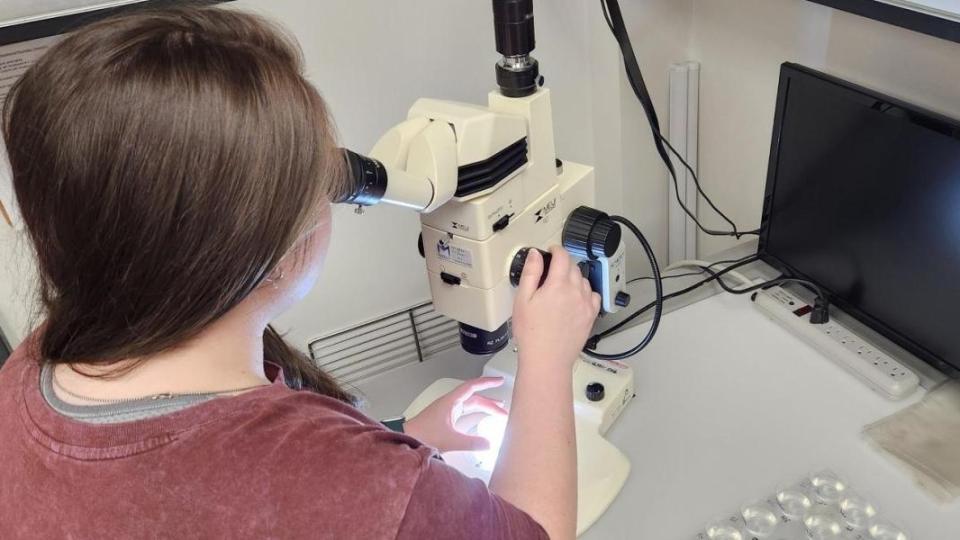Aquatic Toxicology Branch (ATB) General Information
Programs and General Information
The Aquatic Toxicology Branch (ATB) serves the state of North Carolina through its support of the U.S. Environmental Protection Agency-mandated National Pollutant Discharge Elimination System (NPDES) program as it pertains to the Clean Water Act (CWA), established in 1972. ATB performs three main functions in support of this program:
NPDES Compliance and Enforcement
All permitted dischargers of complex wastewaters in the state of North Carolina are required to perform self-monitoring of aquatic toxicity in their wastewater. Currently, there are more than 600 NPDES permits containing WET testing conditions. The Aquatic Toxicology Branch reviews all toxicity data reported by these facilities to verify data quality, track compliance with established permit limits, and make enforcement recommendations for non-compliant situations.
Biological Laboratory Certification and Inspection
All toxicity analyses reported by dischargers must, by water quality regulations, be performed by a biological laboratory certified by the state of North Carolina. The Aquatic Toxicology Branch operates this certification program which includes laboratory inspections, data tracking and performance evaluation testing.
Whole Effluent Toxicity (WET) Testing and Bioassay Organism Culture

The Aquatic Toxicology Branch (ATB) Testing Laboratory conducts toxicity testing to support the Whole Effluent Toxicity (WET) monitoring program and various special toxicity studies.
ATB uses modified EPA methods for measuring the acute and chronic toxicity of wastewater and surface waters to freshwater and marine organisms. The principal organisms used for WET testing are Ceriodaphnia dubia (water fleas), Pimephales promelas (fathead minnows), Mysidopsis bahia (mysid shrimp), and Menidia beryllina (saltwater minnows).
The ATB Culture Laboratory maintains in-house Ceriodaphnia dubia cultures for WET testing.
Branch Main Number
919-743-8401
